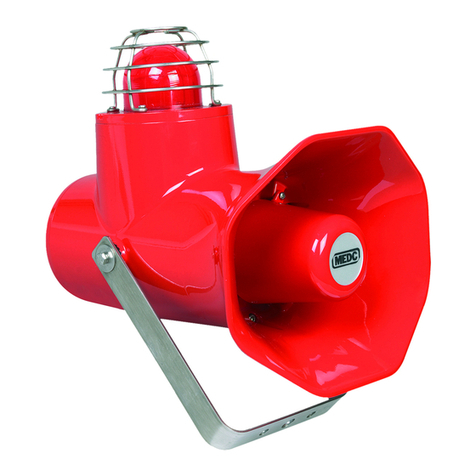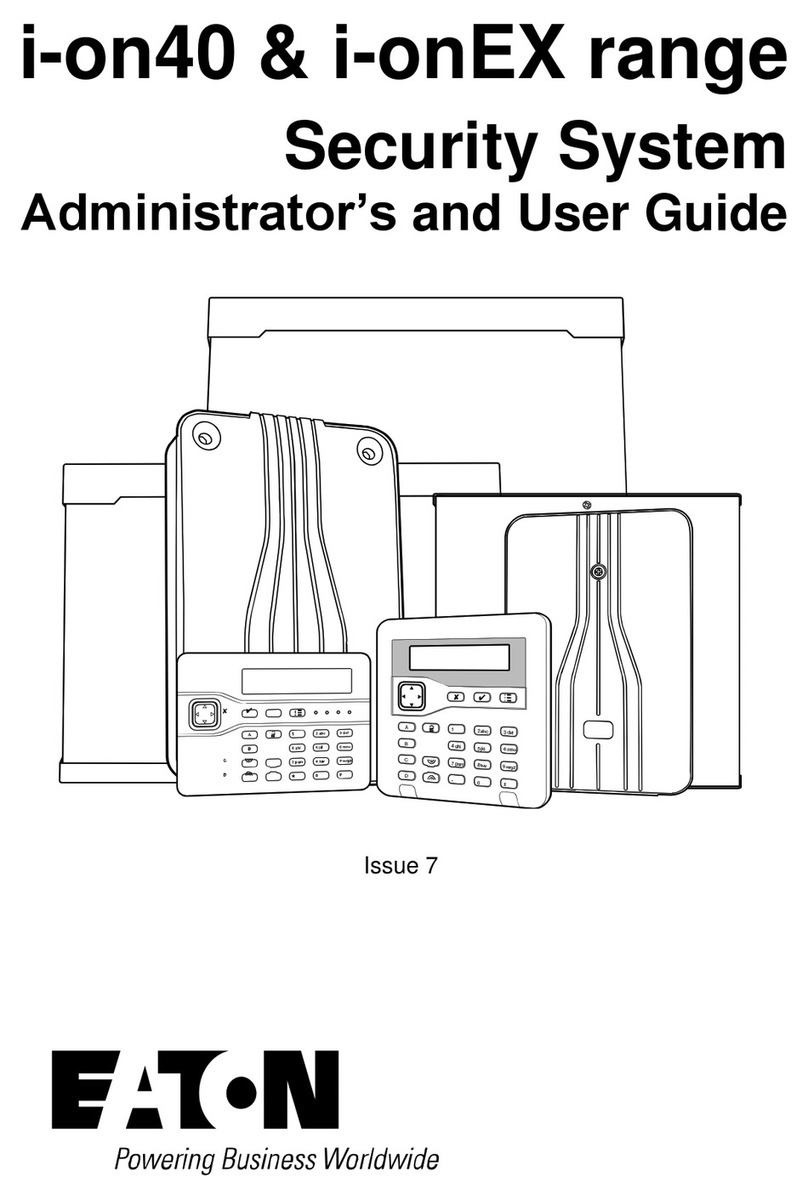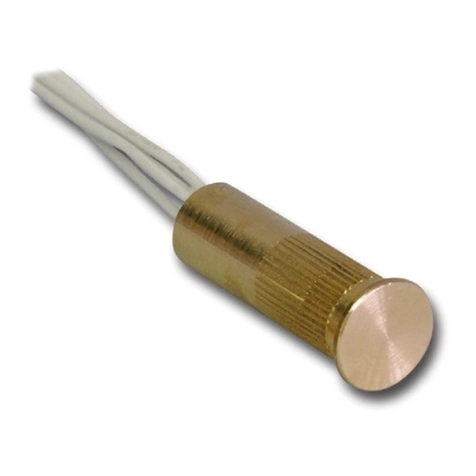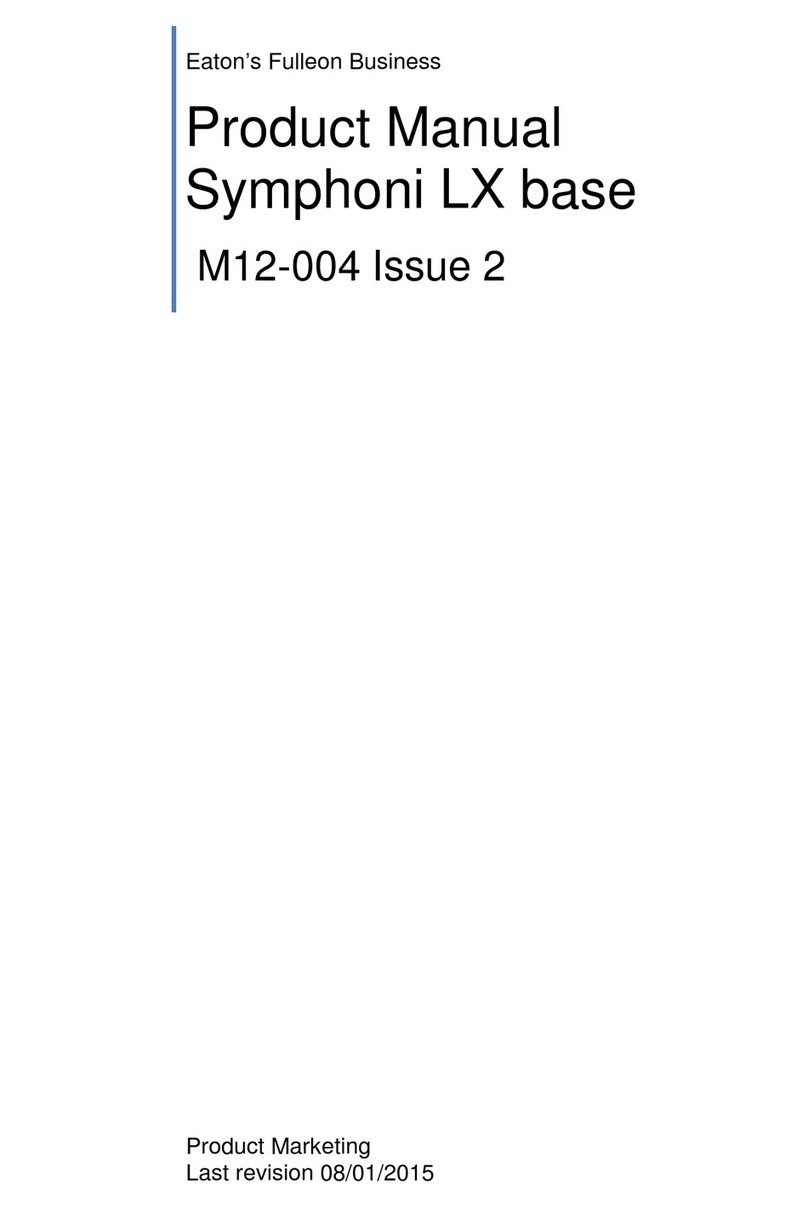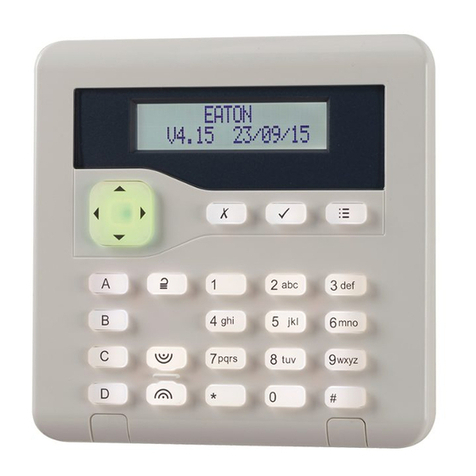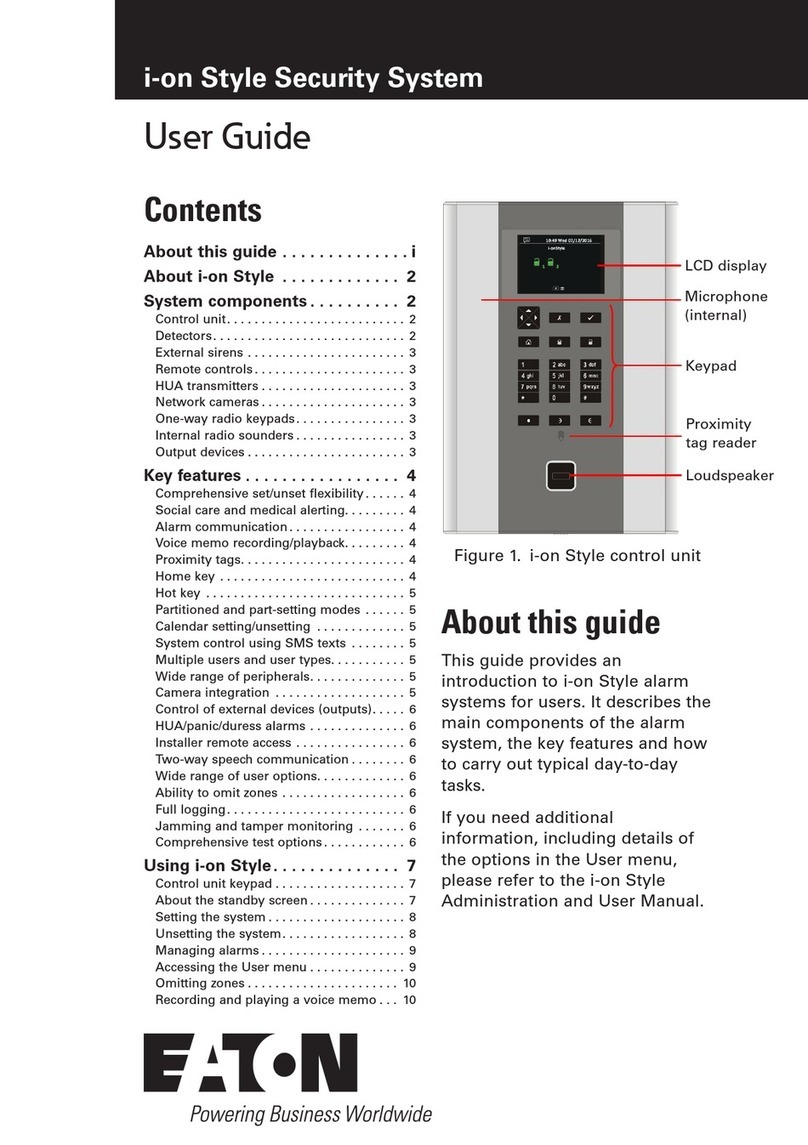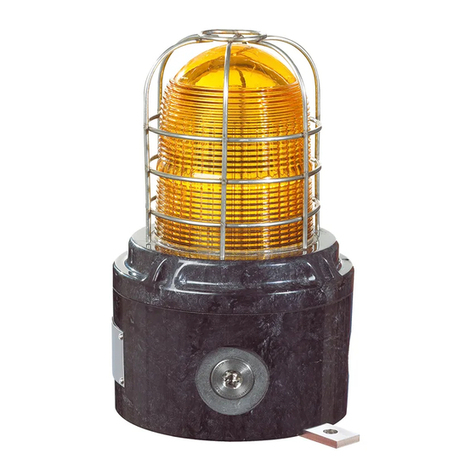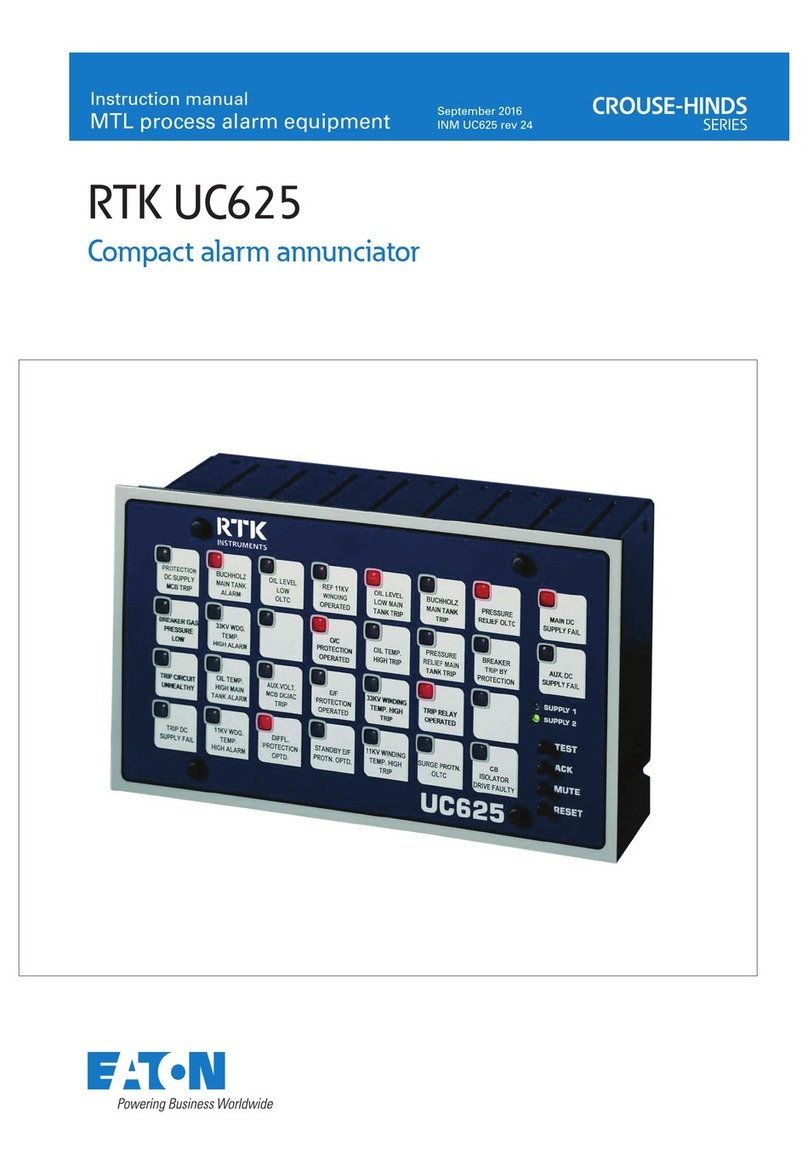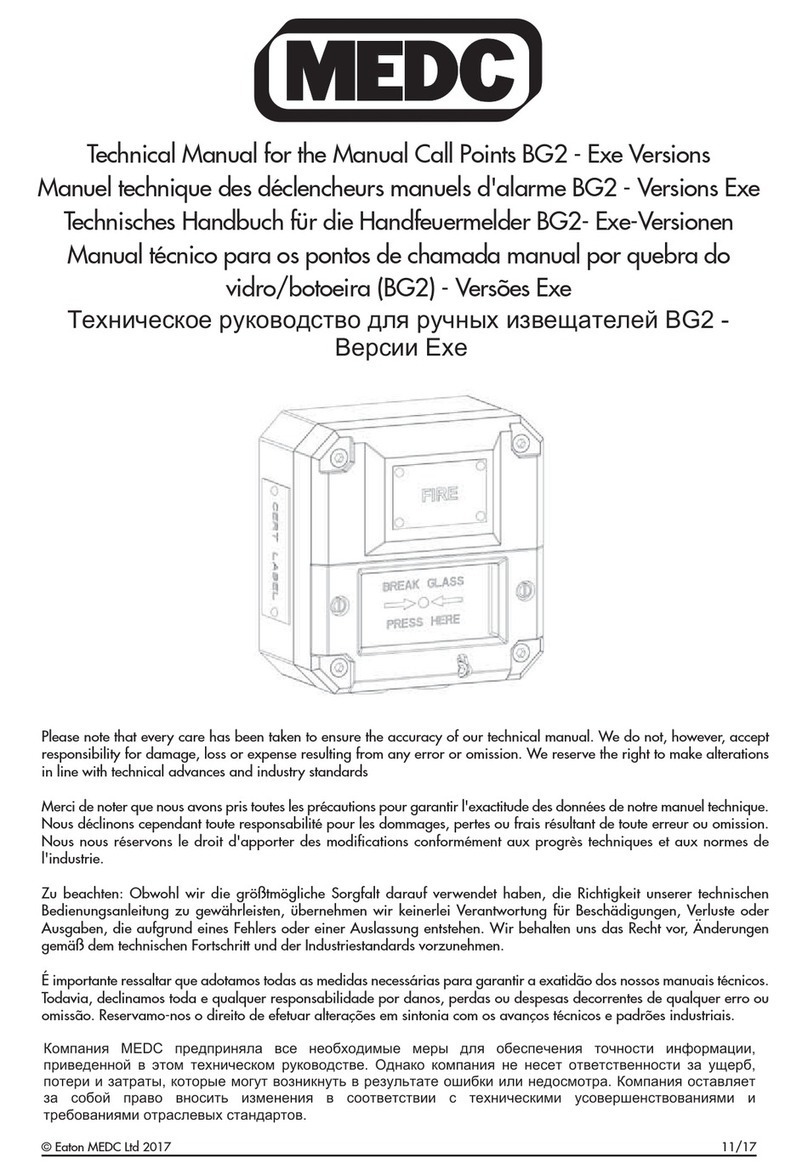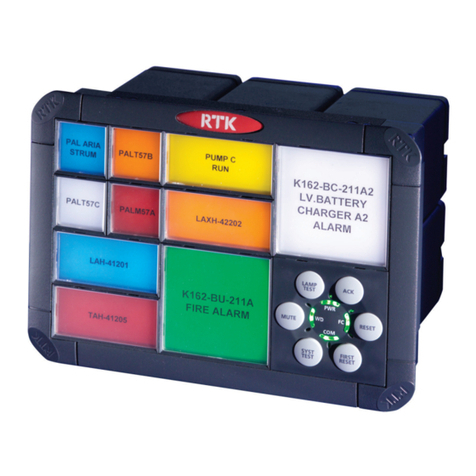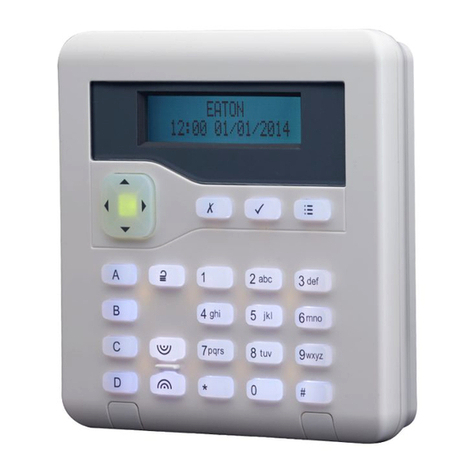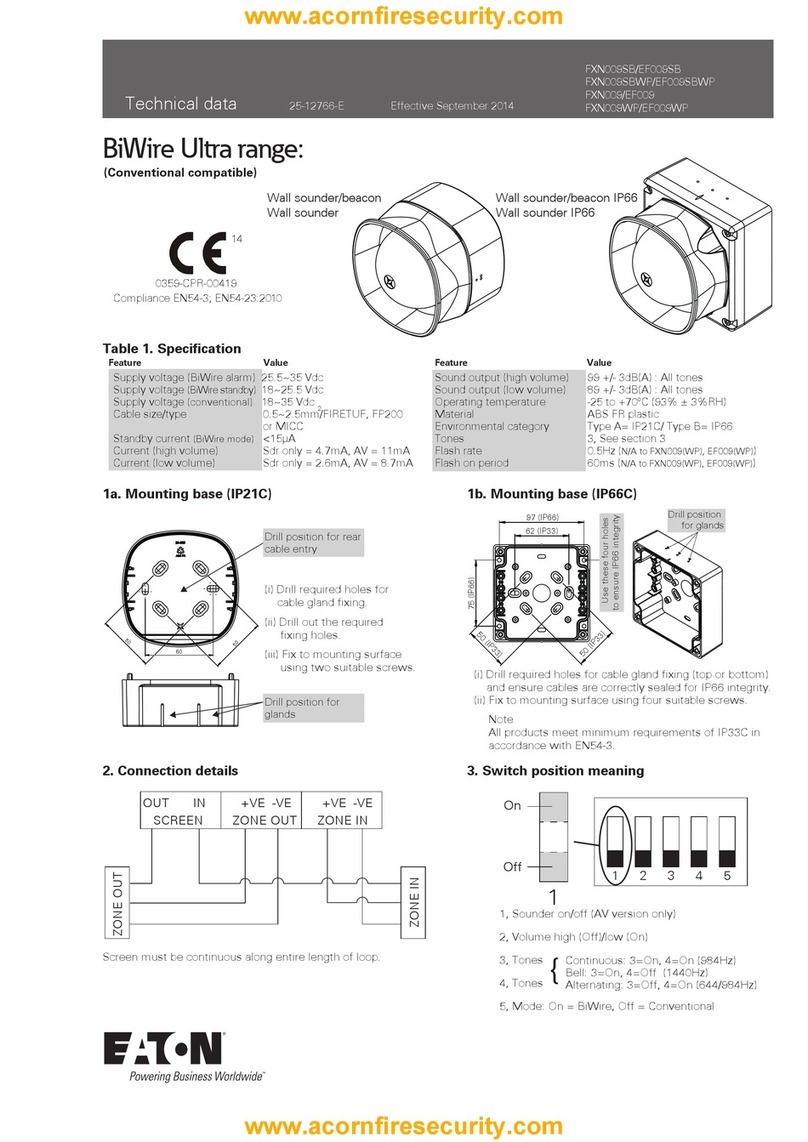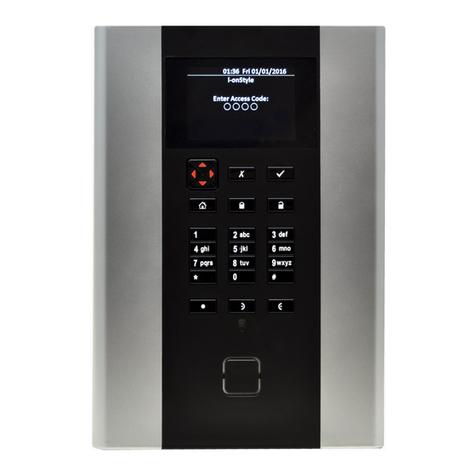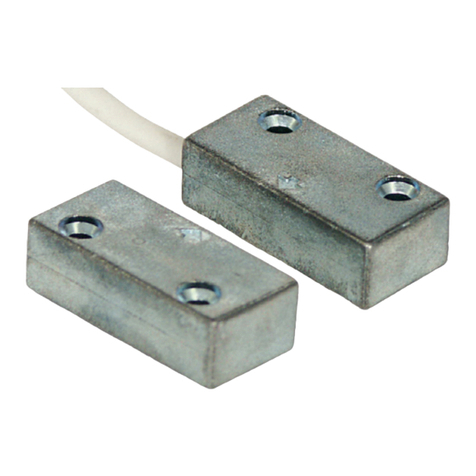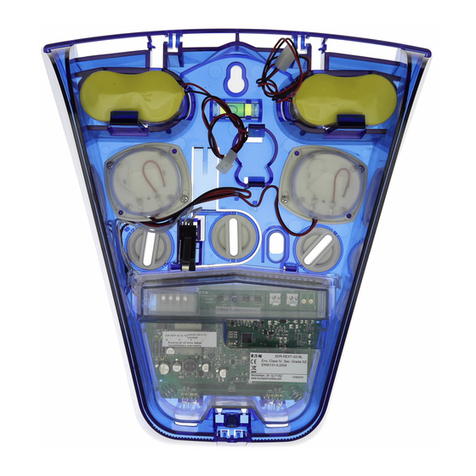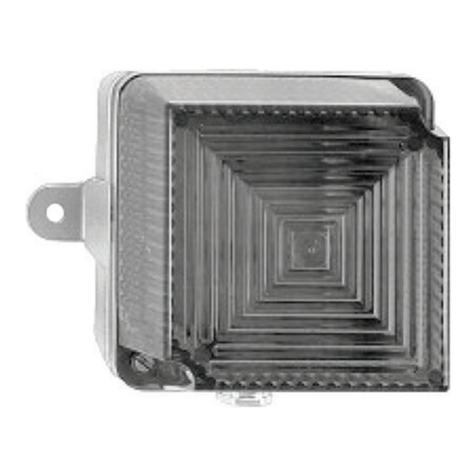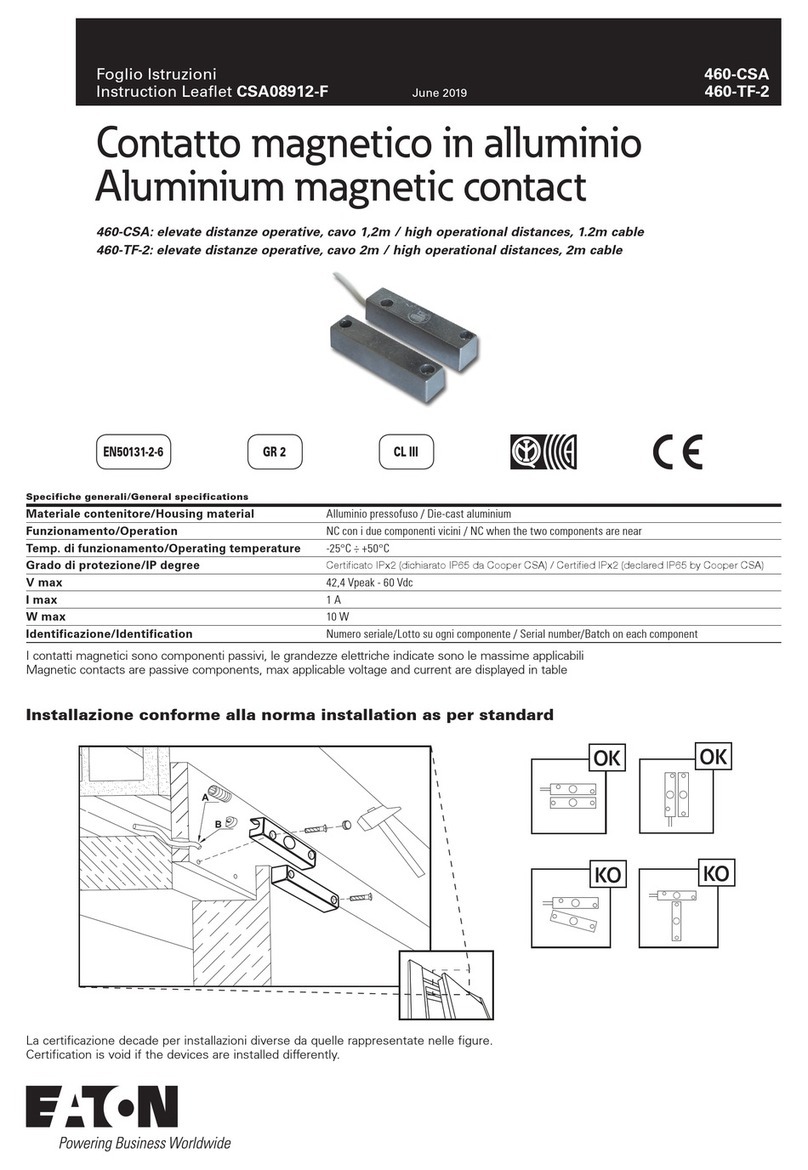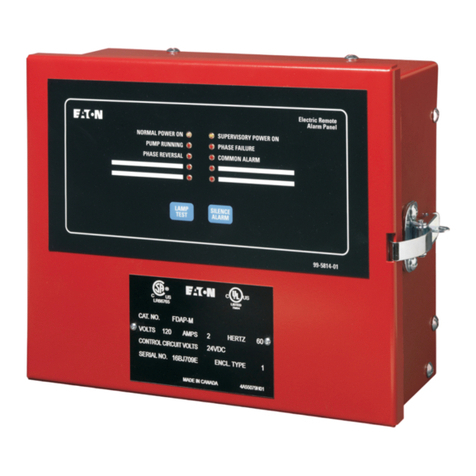
vi INM MTL SUM5 Rev 7
DRAFT - 09 June 2021 DRAFT - 09 June 2021
28 GROUPS .................................................................68
29 ALARM SEQUENCES ......................................................69
29.1 Pushbuttons ...........................................................................69
29.2 Functional Test .........................................................................69
29.3 Mute..................................................................................69
29.4 Acknowledge. . . . . . . . . . . . . . . . . . . . . . . . . . . . . . . . . . . . . . . . . . . . . . . . . . . . . . . . . . . . . . . . . . . . . . . . . . .69
29.5 Reset .................................................................................69
29.6 Audible Alarms .........................................................................69
30 ADDITIONAL FEATURES....................................................70
30.1 Automatic Reset ........................................................................70
30.2 Non Latch Sequence – (No Lock In) ........................................................70
30.3 Ringback Sequence .....................................................................70
30.4 First Up Sequences .....................................................................70
30.5 ISA A – Automatic Reset – Lock In .........................................................71
30.6 ISA A-1-2 – Automatic Reset – Silence Pushbutton Interlock....................................72
30.7 ISA A-4 – Automatic Reset – Non Lock In. . . . . . . . . . . . . . . . . . . . . . . . . . . . . . . . . . . . . . . . . . . . . . . . . . . .73
30.8 ISA A-4-5 – Automatic Reset – No Flashing ..................................................74
30.9 ISA A-4-5-6 – Status .....................................................................75
30.9.1 Group Tab ............................................................................76
30.9.2 Group Operations Tab ..................................................................76
30.10 ISA A-5 – Automatic Reset – No Flash ......................................................77
30.11 ISA M – Manual Reset – Lock In ...........................................................78
30.12 ISA M-1-2 – Manual Reset – Silence Pushbutton Interlock .....................................79
30.13 ISA R – Ringback .......................................................................80
30.14 ISA F1A-1 – Automatic Reset First Up ......................................................81
30.15 ISA F2M-1 – Manual Reset First Up ........................................................82
30.16 SEQUENCE TABLE ......................................................................83
30.17 ISA F2A-1 – Automatic Reset First Up ......................................................83
30.18 ISA F3A – Automatic Reset First Up........................................................84
30.19 SEQUENCE TABLE ......................................................................85
30.20 ISA F3A-3 – First Out Reset Interlock .......................................................86
30.21 ISA F3M – Manual Reset First Out .........................................................86
30.22 ISA F3M-1-2 – Manual Reset First Out with Silence Interlock ...................................86
31 COMMUNICATIONS .......................................................87
31.1 Port 1 Connection Details ................................................................87
31.2 Port 1 Connection Details – Smart Alarm ...................................................87
32 MODBUS RTU ............................................................88
32.1 Read Request – Master ..................................................................88
32.2 Read Response - Slave...................................................................88
32.3 Single Write Request/Response ...........................................................88
32.4 Multiple Write Request...................................................................89
32.5 Multiple Write Response .................................................................89
32.5.1 Address ..............................................................................89
32.5.2 Function .............................................................................89
32.5.3 Error Check ...........................................................................89
33 MODBUS SLAVE – STANDARD COMMUNICATIONS ............................90
33.1 Read Coil Status – Function 01 – Read Request – Master ......................................90
33.2 Read Coil Status – Function 01 – Read Response - Slave ......................................90
33.3 Read Status – Function 03 – Read Request – Master ..........................................91
33.4 Read Status – Function 03 – Read Response - Slave ..........................................91
33.5 Write Multiple Coils – Function 15 - Read Request – Master....................................93
33.6 Write Multiple Coils – Function 15 – Read Response - Slave....................................93
